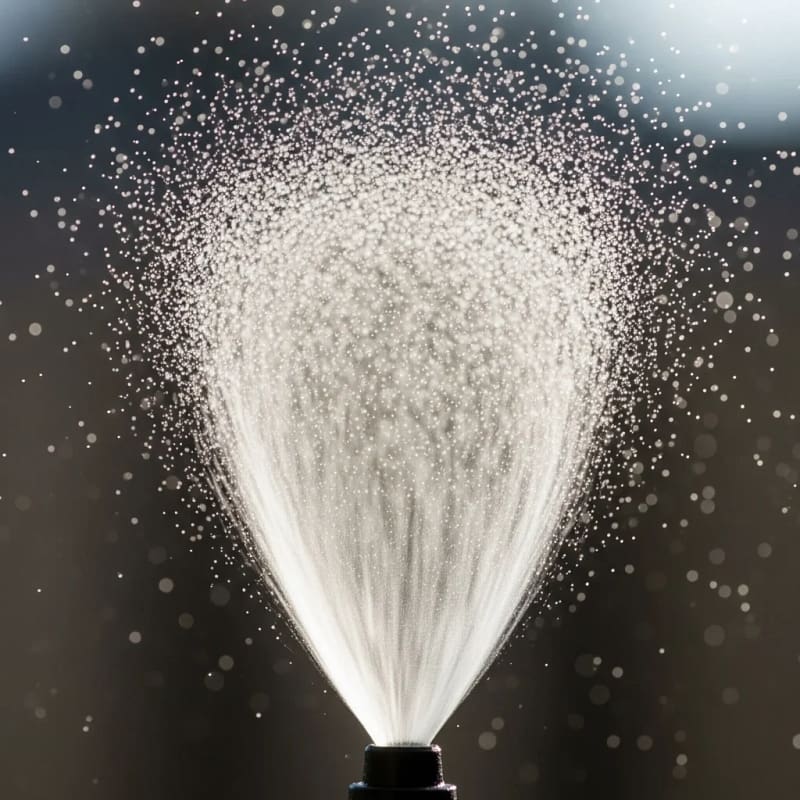Important: This is a starting point. Your plant's needs can vary. Monitor your roots—they should look bright white and moist, never brown or dry.
This guide is just the beginning. Discover more resources, products, and insights on modern agriculture at MistCulture.com.
Explore Our BlogAeroponics is a cutting-edge method of growing plants in an air or mist environment without soil. The roots are suspended in the air within a dark chamber, and a nutrient-rich mist is sprayed on them at regular intervals. The success of this system depends almost entirely on the misting schedule, which is a delicate balance of ON and OFF cycles.
Unlike hydroponics, where roots are constantly submerged, aeroponic roots need a precise balance of moisture and oxygen. The “ON” cycle provides the nutrients and water the roots need to absorb, while the “OFF” cycle allows the roots to absorb vital oxygen, which is crucial for nutrient uptake and preventing root rot. An incorrect schedule can lead to either dehydration or oxygen deprivation, both of which are fatal to the plant.

Different plants have different needs. Leafy greens and herbs, for instance, have less dense roots and require shorter, more frequent mists. Fruiting plants and root vegetables, with their larger root systems, can handle longer misting cycles and slightly longer breaks. Seedlings and young plants also benefit from more frequent cycles to establish their root systems.
Temperature: Higher temperatures cause water to evaporate faster from the roots, requiring more frequent misting to prevent dehydration. Cooler temperatures allow for longer OFF cycles.
Humidity: High humidity means less water evaporates from the leaves (transpiration), which slows down nutrient uptake. This allows for longer OFF cycles. Low humidity accelerates transpiration, requiring more frequent misting.
The type of system you use also affects the schedule. High-pressure aeroponic systems create a very fine mist (5-50 microns), which coats the roots more efficiently and is more readily absorbed. These systems typically run for shorter ON cycles (a few seconds). Low-pressure systems create a larger droplet size and may need longer ON cycles to adequately wet the roots.
Roots are brown and slimy: This is a classic sign of root rot caused by lack of oxygen. The OFF cycle is too short. Solution: Increase your OFF time by a few minutes to give the roots more time to breathe.
Roots are dry and brittle: Your plants are dehydrated. The OFF cycle is too long. Solution: Decrease your OFF time to provide more frequent moisture. Check for clogged nozzles.
Nozzles are clogged: Mineral buildup from hard water is a common issue. Solution: Use filtered or reverse osmosis (RO) water. Regularly clean your nozzles with a soft brush and a diluted acid solution (e.g., vinegar).
Unlike hydroponics, where roots are constantly submerged, aeroponic roots need a precise balance of moisture and oxygen. The “ON” cycle provides the nutrients and water the roots need to absorb, while the “OFF” cycle allows the roots to absorb **vital oxygen**, which is crucial for nutrient uptake and preventing root rot. An incorrect schedule can lead to either dehydration or oxygen deprivation, both of which are fatal to the plant.